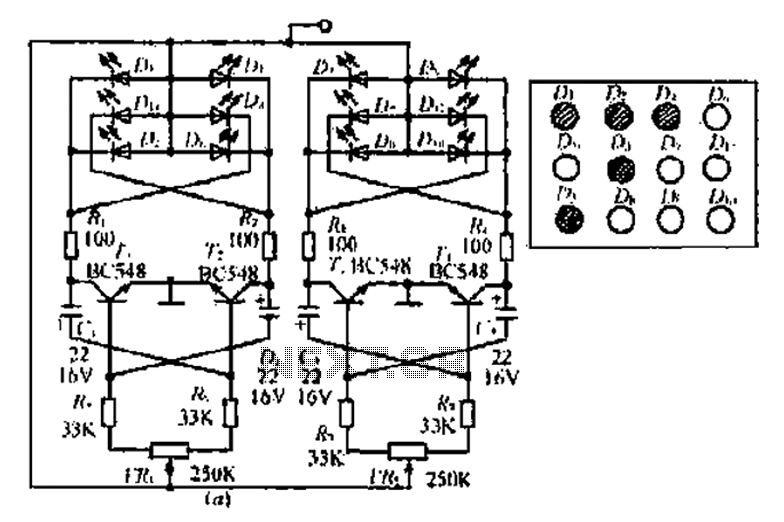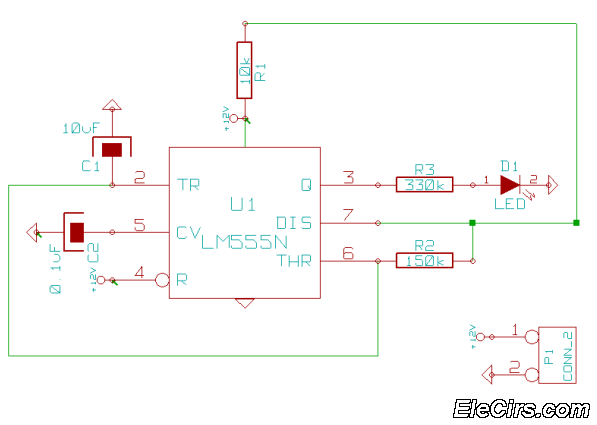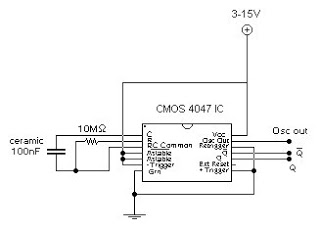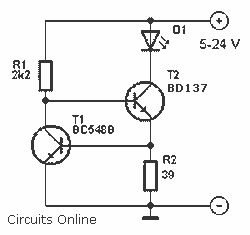
Jog shuttle function with automatic control circuit
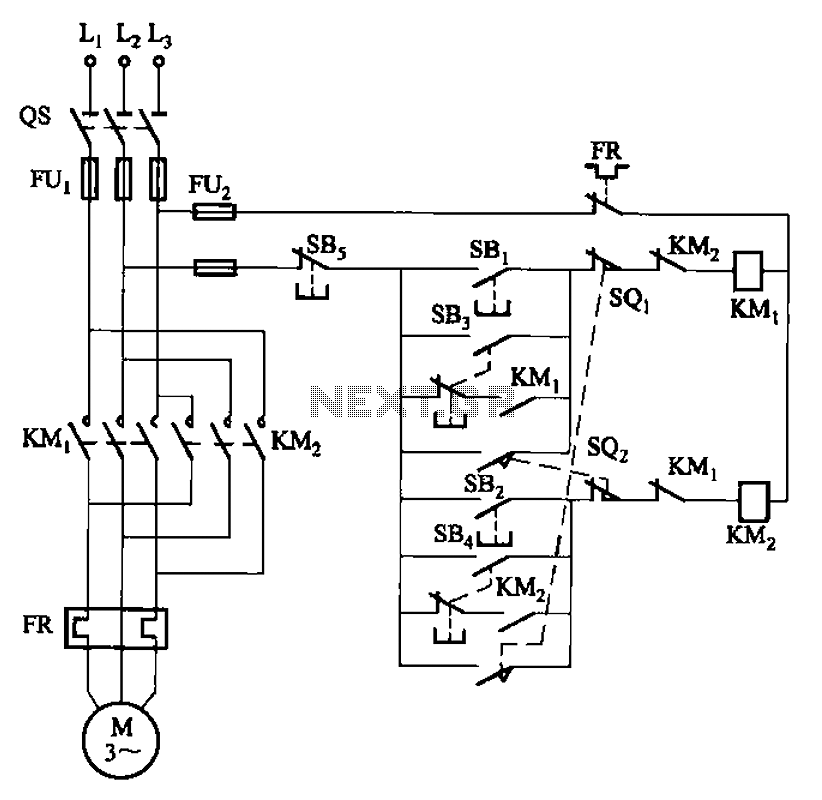
The circuit depicted in Figure 3-27 features a jog function that allows for precise adjustments of moving components. In the figure, SB3 and SB4 represent the forward jog and reverse jog buttons, respectively. When the SB3 button is pressed, the KM1 self-locking contact is closed; however, due to the disconnection of the normally closed contact associated with SB3, self-locking is not achieved.
The circuit is designed to facilitate the fine control of mechanical movements through the use of jog buttons. The forward jog button (SB3) and the reverse jog button (SB4) are integral components that enable the user to control the direction of movement. When the forward jog button is activated, it energizes the KM1 relay, which is intended to create a self-locking mechanism. However, the functionality is hindered by the interruption of the normally closed contact of the SB3 button, preventing the KM1 relay from maintaining its state after the button is released.
To further elaborate, the design incorporates a self-locking relay configuration that is typically employed in applications requiring momentary control over a motor or actuator. The relay KM1 is responsible for maintaining the circuit's closed state to allow continuous operation once the jog button has been pressed. The interruption of the normally closed contact serves as a safety feature, ensuring that the system does not inadvertently remain engaged when the jog button is not actively pressed.
In practical applications, this circuit can be utilized in various systems where precise positioning is critical, such as in CNC machines, automated assembly lines, or robotic arms. The jog feature enhances operational flexibility, allowing operators to make fine adjustments without the need for complex programming or manual intervention. The careful consideration of relay contacts and button configurations is essential in ensuring reliable performance and user safety in such applications. Circuit shown in Figure 3-27. Jog feature is available for fine adjustment of moving parts. Figure, SB3 and SB4 are forward jog and reverse jog button button. When you press th e SB3 time, KM1 self-locking contact, although closed, but because SB3 normally closed contact has been disconnected, it can not self-locking.
The circuit is designed to facilitate the fine control of mechanical movements through the use of jog buttons. The forward jog button (SB3) and the reverse jog button (SB4) are integral components that enable the user to control the direction of movement. When the forward jog button is activated, it energizes the KM1 relay, which is intended to create a self-locking mechanism. However, the functionality is hindered by the interruption of the normally closed contact of the SB3 button, preventing the KM1 relay from maintaining its state after the button is released.
To further elaborate, the design incorporates a self-locking relay configuration that is typically employed in applications requiring momentary control over a motor or actuator. The relay KM1 is responsible for maintaining the circuit's closed state to allow continuous operation once the jog button has been pressed. The interruption of the normally closed contact serves as a safety feature, ensuring that the system does not inadvertently remain engaged when the jog button is not actively pressed.
In practical applications, this circuit can be utilized in various systems where precise positioning is critical, such as in CNC machines, automated assembly lines, or robotic arms. The jog feature enhances operational flexibility, allowing operators to make fine adjustments without the need for complex programming or manual intervention. The careful consideration of relay contacts and button configurations is essential in ensuring reliable performance and user safety in such applications. Circuit shown in Figure 3-27. Jog feature is available for fine adjustment of moving parts. Figure, SB3 and SB4 are forward jog and reverse jog button button. When you press th e SB3 time, KM1 self-locking contact, although closed, but because SB3 normally closed contact has been disconnected, it can not self-locking.


